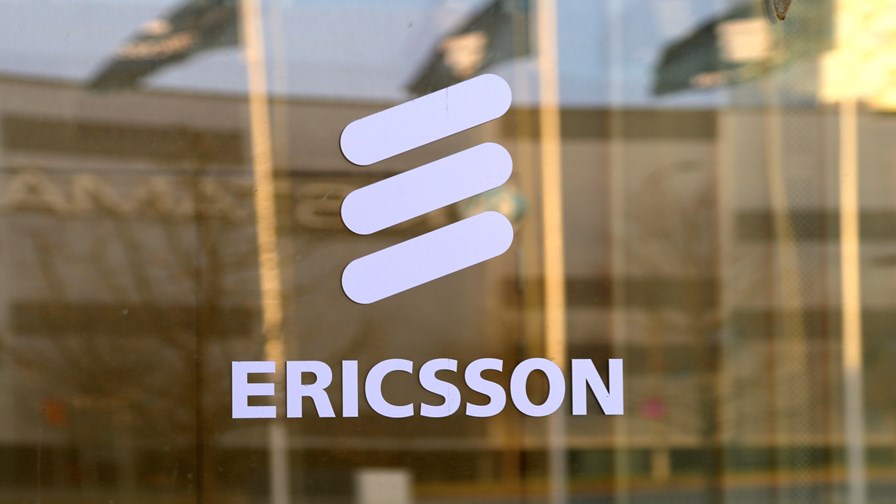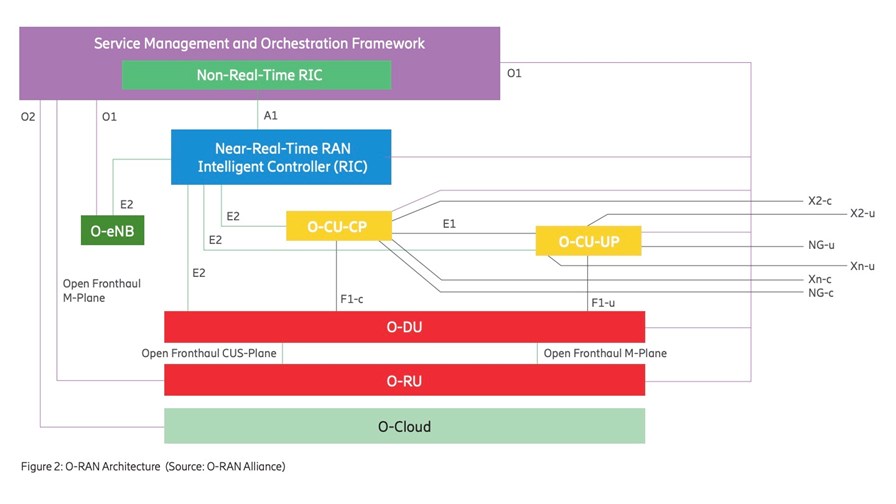
- Swedish vendor unveils its Cloud RAN timeline and strategy
- First ‘stage’ of products to be available in Q4 2021
- Limited support for O-RAN Alliance specs
- A small step, perhaps, but still a big shift for Ericsson, says analyst
**UPDATED** Ericsson has announced its Cloud RAN strategy and timeline, signifying a significant shift towards support for more disaggregated mobile network architectures in a move described by a leading industry analyst as “a big departure” from its current position as a supplier of integrated radio access systems for telcos.
But anyone thinking this might be a big leap for Ericsson into the world of Open RAN, where open interfaces enable the complete disaggregation of a radio access network’s elements and allow operators (in theory) to build best-of-breed architectures, will be disappointed. It’s very far from that, but shows that the vendor knows it can’t keep the incoming open architecture tide at bay forever.
Ericsson says its “cloud native software solution” will handle “compute functionality in the RAN,” and “complement high-performing purpose-built baseband offerings in the Ericsson Radio System portfolio, giving service providers an optimal choice for any deployment scenario and need.”
So the message is that the vendor is moving with the more cloud-oriented times, but in a way that is still very Ericsson-oriented.
But… it also means that, down the line (years away), Ericsson RAN software will not be tied to specific Ericsson-supplied hardware and that’s a big wrench for a company that has built its business on integrated mobile network systems for telcos (and partly explains also why its latest M&A strategy is more focused on enterprise sector – see Ericsson buys Cradlepoint in $1.1 billion deal).
And in time, this will also lead to greater flexibility for operators in terms of how they build their networks and how they select their hardware and software suppliers, though it looks like it will be a long time yet before Ericsson is embracing completely open radio access networks in the style of the Open RAN movement.
And it’s not like these initial steps are happening straight away either: Ericsson’s Cloud RAN functionality will be “released in stages, matching the service providers’ journey to complement their purpose-built 5G networks,” the vendor announced Tuesday.
The first stage, to be made generally available in about a year’s time (fourth quarter of 2021), will include the vendor’s “new Cloud RAN application software – Cloud RAN DU and Cloud RAN CU – enabling a highly capable and flexible 5G network architecture. It also includes new Radio Gateways, enabling a full utilization of the installed base of remote radios, making them fully compatible with Cloud RAN.”
But the vendor also notes this will be a “system-verified solution,” in which “all elements have been pre-tested to work across specified environments.” That doesn’t sound like a big move away from the vendor lock-in that operators are so eager to shake off – more like a ‘you’ll still need to get everything from us and choose from a limited menu of options.’
UPDATE: In response to questions, Ericsson confirmed that the Q4 2021 date is for general availability. "Engagements with major customers are currently ongoing and we have customer commitments to deliver during 2021," noted a company spokesperson. "Ericsson has conducted evaluations of RAN virtualization dating back to 2015, including early trials. Supported configurations will evolve on a quarterly basis... We anticipate evolution to Cloud RAN to be a multi-year journey for communication service providers." (Update ends.)
In terms of timing, Ericsson is playing catch-up with Nokia and Samsung, though that may not be too detrimental for the Swedish giant, says Gabriel Brown, Principal Analyst at Heavy Reading, who has been tracking the mobile networks market since 3G was launched.
He believes this move is a big deal for the Swedish vendor and its hundreds of network operator customers.
“Ericsson is clearly not the most aggressive in the industry” in terms of cloud RAN timelines, “but this is a big shift and is the first step on a journey – it may not look like it, but this is a big departure for Ericsson. This is the first time it has done this in the radio access network… Ericsson is [ultimately] expecting its operator customers to be running the DU and CU on their own edge cloud platforms,” says Brown.
“And it requires a step change for its customers as well in terms of their operating models. Being cautious on the timeline is not a bad thing and seems quite realistic. It looks to me like it is being driven by Ericsson’s North American customers,” adds the analyst.
He also highlights the cloud native nature of Ericsson’s development, which has long been a cornerstone of its 5G core system R&D. “It’s worth noting that Ericsson has specified that this is a cloud native development – this is not virtualized RAN, running on VMs [virtual machines]… a lot of the [disaggregated] RAN developments we have seen have been vRAN.”
Ericsson’s announcement of its Cloud RAN comes only days after the company’s CEO, Börje Ekholm, noted that the vendor’s revenues and business models are set to be impacted by the clamour by network operators for Open RAN solutions as soon as 2023. (See Ericsson CEO sees Open RAN impact from 2023.)
While Cloud RAN is far from being an Open RAN offering, it does embrace part of the Open RAN architecture as laid out by the O-RAN Alliance, of which Ericsson is a member: In a hat tip to “future RAN openness,” the vendor says its Cloud RAN is “designed to support Service Management and Orchestration architecture including Non Real-Time RAN Intelligent Controller (Non-RT RIC), in line with O-RAN interfaces.” See the diagram below for how this relates to the O-RAN architecture.

Email Newsletters
Sign up to receive TelecomTV's top news and videos, plus exclusive subscriber-only content direct to your inbox.




